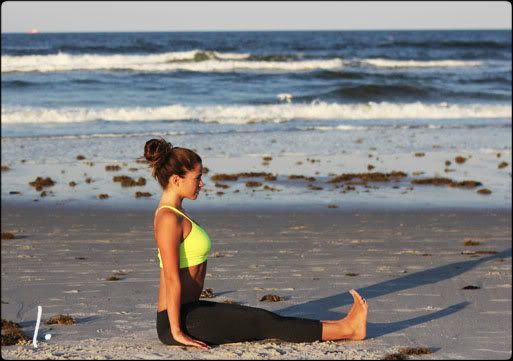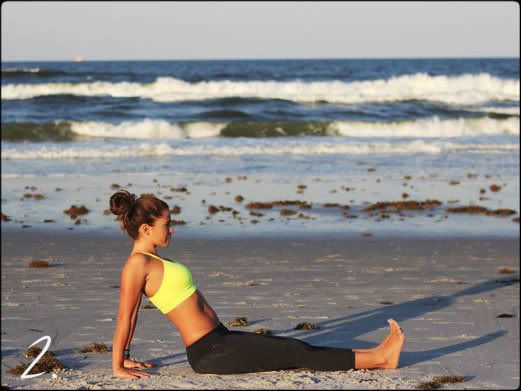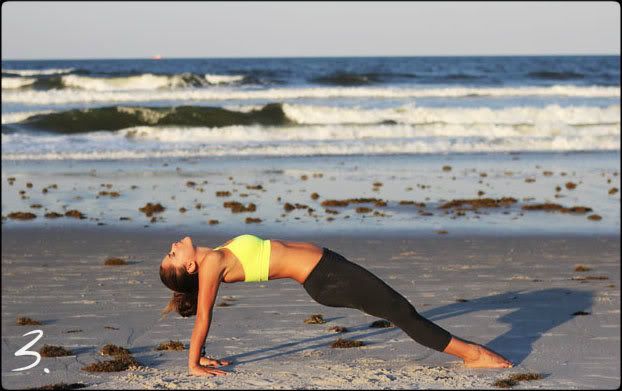
As tropical storm Debby approached, I thought I'd better settle in and line up a few movies to watch. As I was perusing Netflix, the title Suicide Tourist caught my eye. A documentary by Oscar-winning director John Zaritsky, Suicide Tourist is about a man from Chicago named Craig Ewert who went to Switzerland for a completely legal assisted suicide. (You can watch the full documentary here.)
Immediately upon reading the blurb about the film, I felt angry. What about his family members? How could he just decide one day, on a whim, that he was all done, throwing the towel in? I have always felt that suicide is a permanent solution to a temporary problem. I never considered the fact that some people's problems are permanent.
Five months prior to taping, Craig Ewert had been diagnosed with ALS and his health was already rapidly deteriorating. He explained that soon he would become incontinent, have to be cleaned, and continually monitored before he became completely paralyzed. His wife of nearly 40 years was by his side, completely composed and fully supportive. The couple's grown children were back home in the states, but also supportive of his decision. My anger softened to compassion.
The documentary follows the couple for a few days prior to Craig's suicide date. Craig is completely competent, and discusses at length how he came to the decision, fully aware of what he has chosen to do.
On the big day, Craig and his wife head to an apartment that has been rented by Dignitas, the company that will help Craig die. After a discussion with the doctor, who has reviewed Craig's medical records and approved of the suicide, the lethal medicine is prescribed. Per Swiss regulation, the cameras roll (to prove he has killed himself by his own actions), and he bites on the switch that will eventually turn off his oxygen. His wife wishes him a safe journey, and he drinks the lethal dose of medication. Five minutes later, he is asleep, and thirty minutes later, he is gone.
This was a fascinating documentary, offering a very different perspective on suicide. I invite anyone who watches it to let go of their prejudices and personal beliefs and see what they organically feel for a man and his decision to die.







